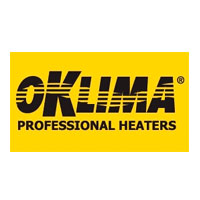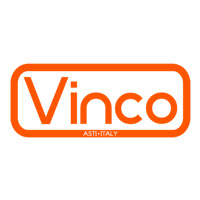
MASTER DH 732
Professional Dehumidifier
200 m³/h - 42 dB - 29 L / 24h
Portable - Continuous Discharge
Indors offers professional dehumidifiers characterized by a high level of efficiency and reliability. In this guide you will find out which dehumidifier is right for you.
For example, dehumidifiers for professional use allow high air flows and high dehumidification capacities, can work even 24 hours a day and are equipped with a sensor to intervene only when the air humidity exceeds the pre-set value.
If you are trying to figure out which is the best dehumidifier on the market for industries or domestic spaces, trust Indors, we will recommend the right product for your needs thanks to expert consultants who will follow you in your choice.
The choice of a good dehumidifier should not be left to chance as every environment requires dehumidification aimed at the particularities of the case. With a quality dehumidifier you will be able to eliminate humidity both from small domestic spaces such as garages, cellars and from industrial environments and from any room where stagnant humidity could create problems.
The dehumidifier is in fact the best tool for preventing and eliminating excess humidity in the air. Water vapour, in addition to compromising the healthiness of an environment, can damage machinery, goods, walls, furnishings and everything present in a room. For these reasons it is important to rely on high quality machines which, thanks to the constant recirculation of the air, remove the humidity from the rooms concerned. When choosing the most suitable dehumidifier it is important to pay attention to the following characteristics: power, ease of use, possible continuous use operation, tank capacity, type of coolant used, quality of frame materials.
These dehumidifiers extract moisture from the air by cooling it below the dew point, thereby causing the moisture to drop (condensation). Condensing dehumidifiers are mainly composed of a suction fan, compressor, heat exchangers (condenser and evaporator) and expansion vessel. The temperature of the air leaving the dehumidifier is 3-8°C higher than the temperature of the incoming air. The efficiency of condensation dehumidifiers depends on the operating conditions (temperature and humidity) and on the type of machine (capacity). The maximum value is reached with high values of temperature and relative humidity. Dehumidification by condensation is much more efficient and cheaper than dehumidification by heating and ventilation, especially thanks to the lack of exchange of air contained within the room.
These dehumidifiers are generally composed of:
This method consists of collecting moisture from the air by absorbing it with hygroscopic materials. For dehumidification with this method adsorption dehumidifiers are used, the main elements of which are: rotor with control unit, suction fan, air heater, filter, frame and valves. The rotor is usually made of suitably shaped aluminum (axial capillaries are created) whose surface is covered with a hygroscopic substance. With this embodiment, a large increase in the absorbent area is obtained. The rotor is divided into a dehumidification and regeneration sector thanks to which the dehumidified air is obtained behind the rotor. An advantage of this type of dehumidification is the possibility of dehumidifying the air even at temperatures below zero.These dehumidifiers are generally composed of:




















